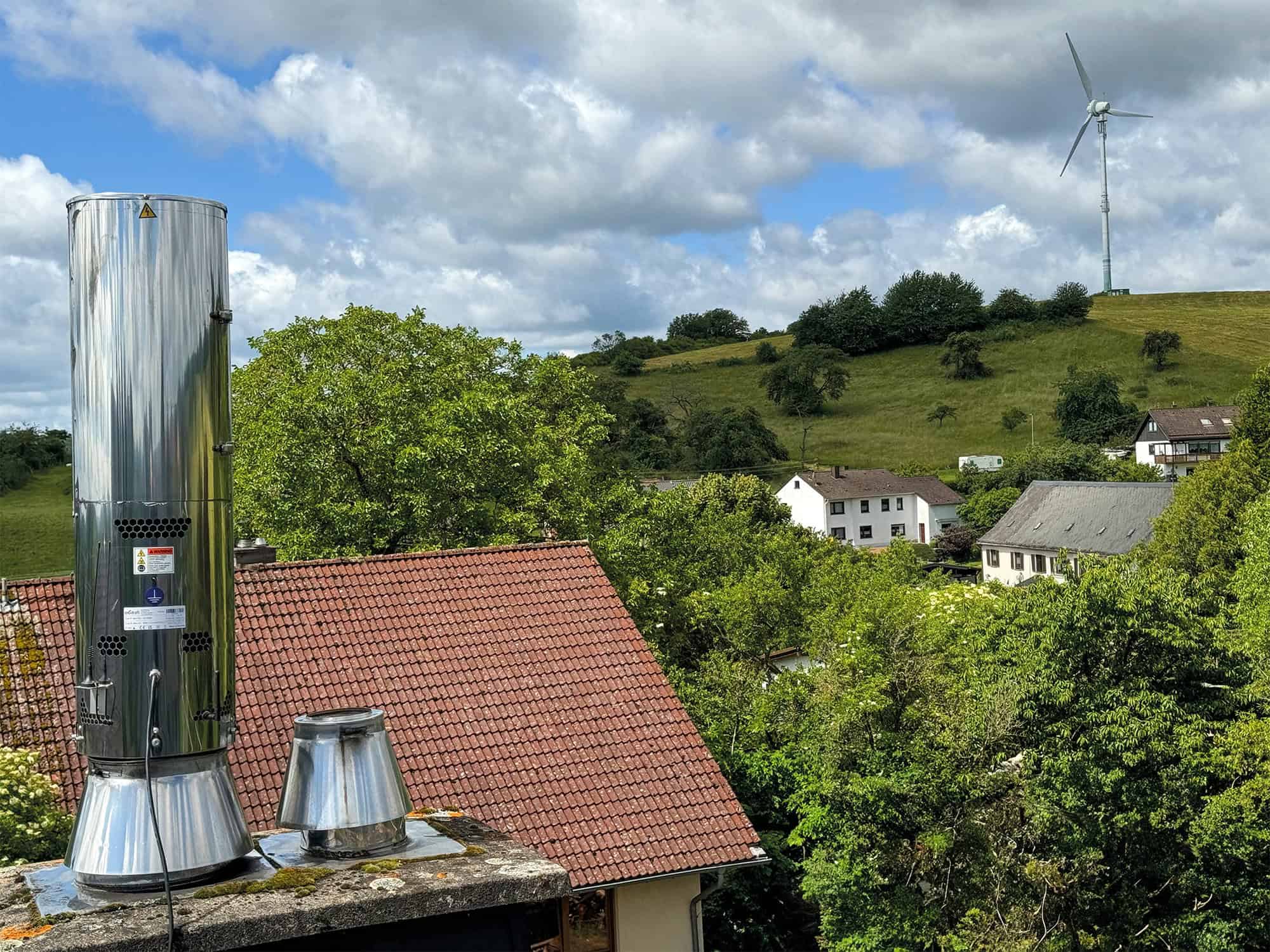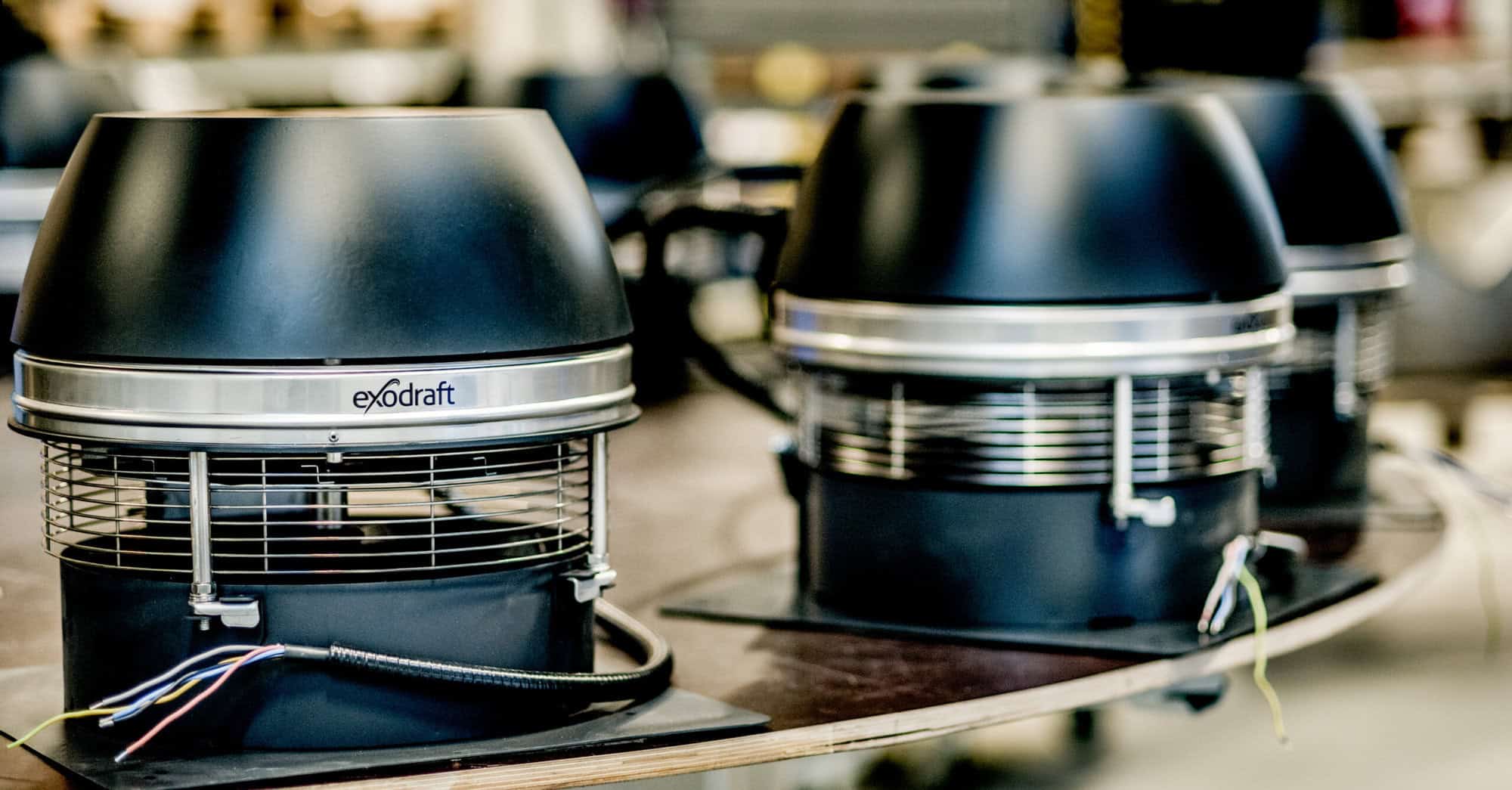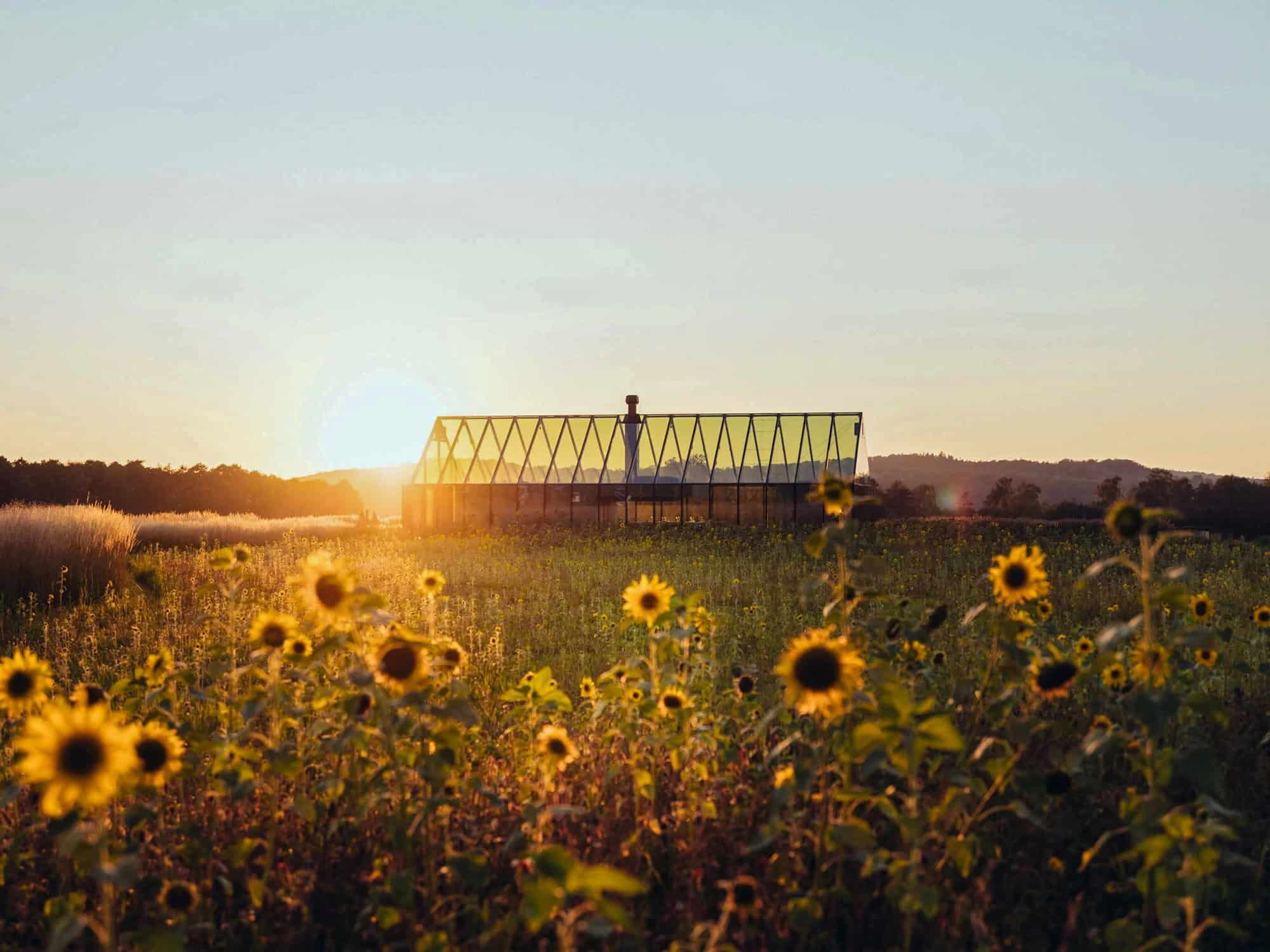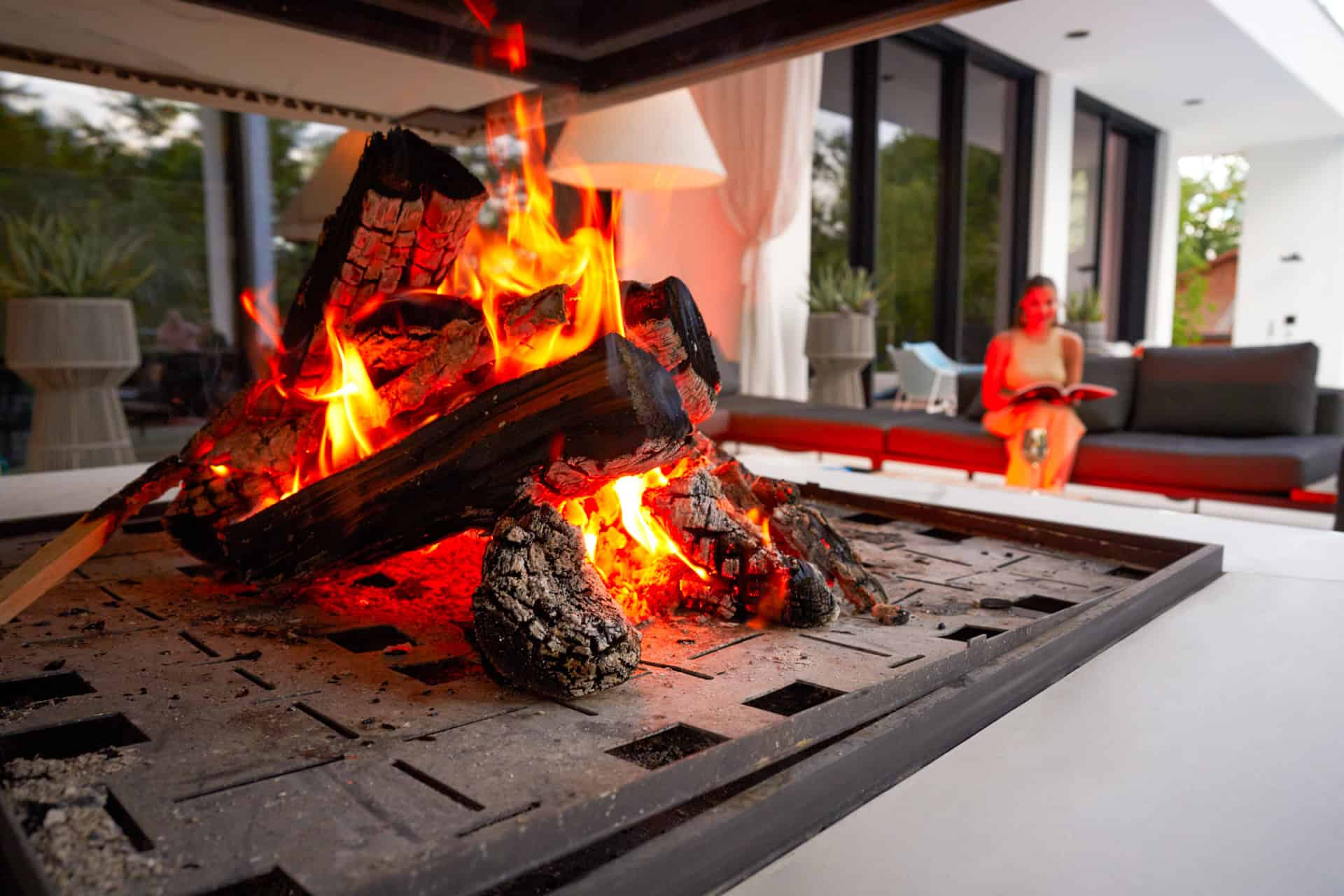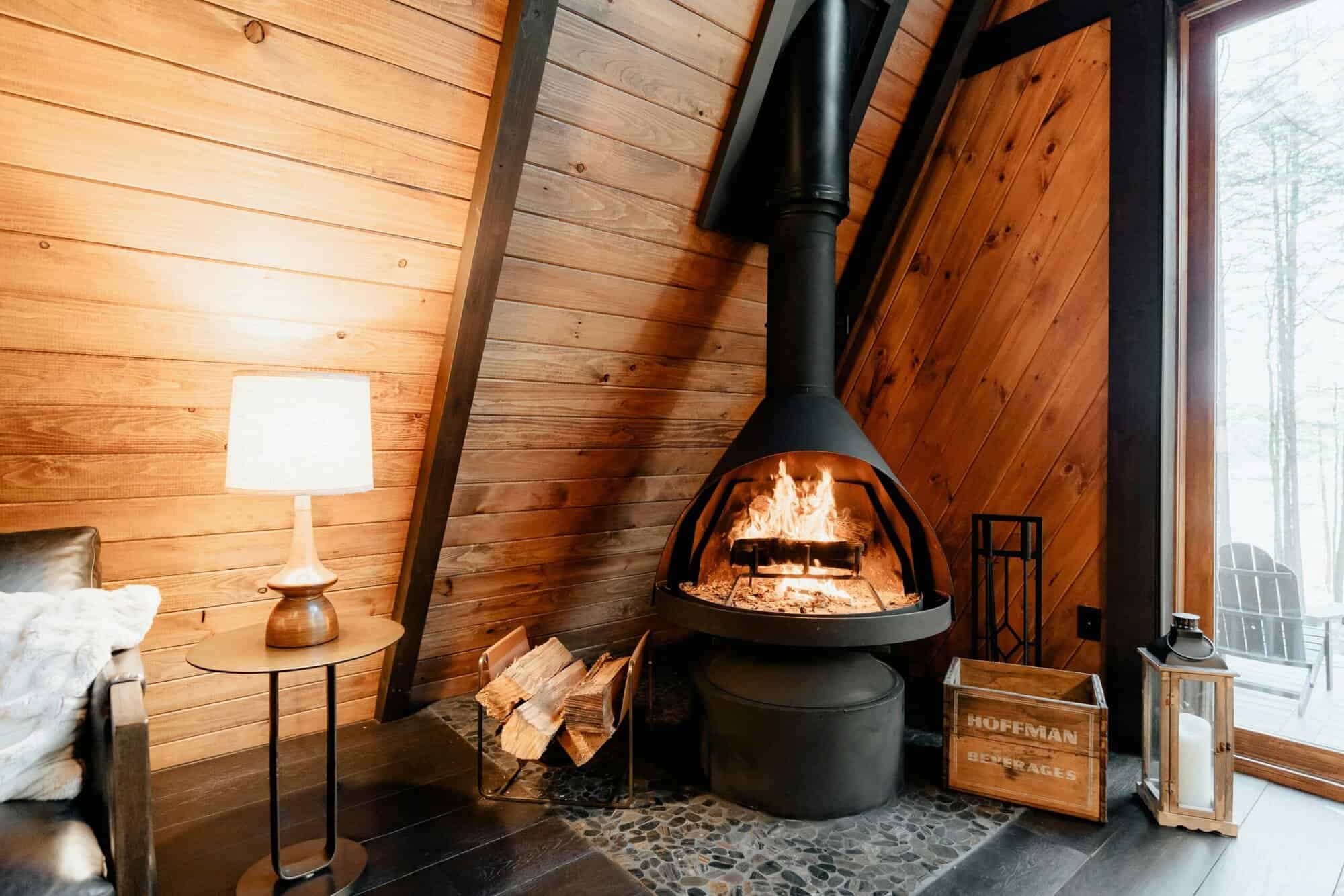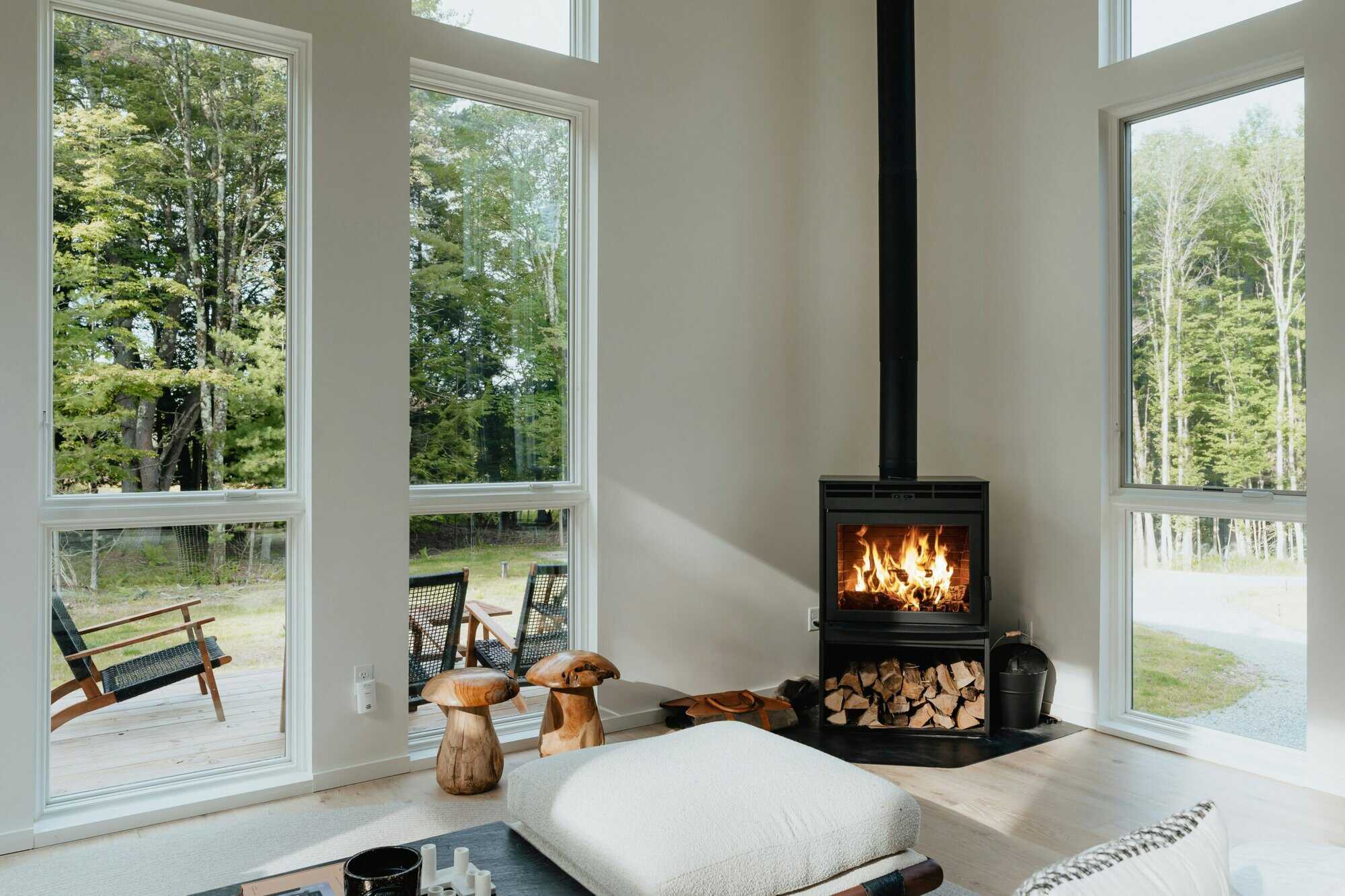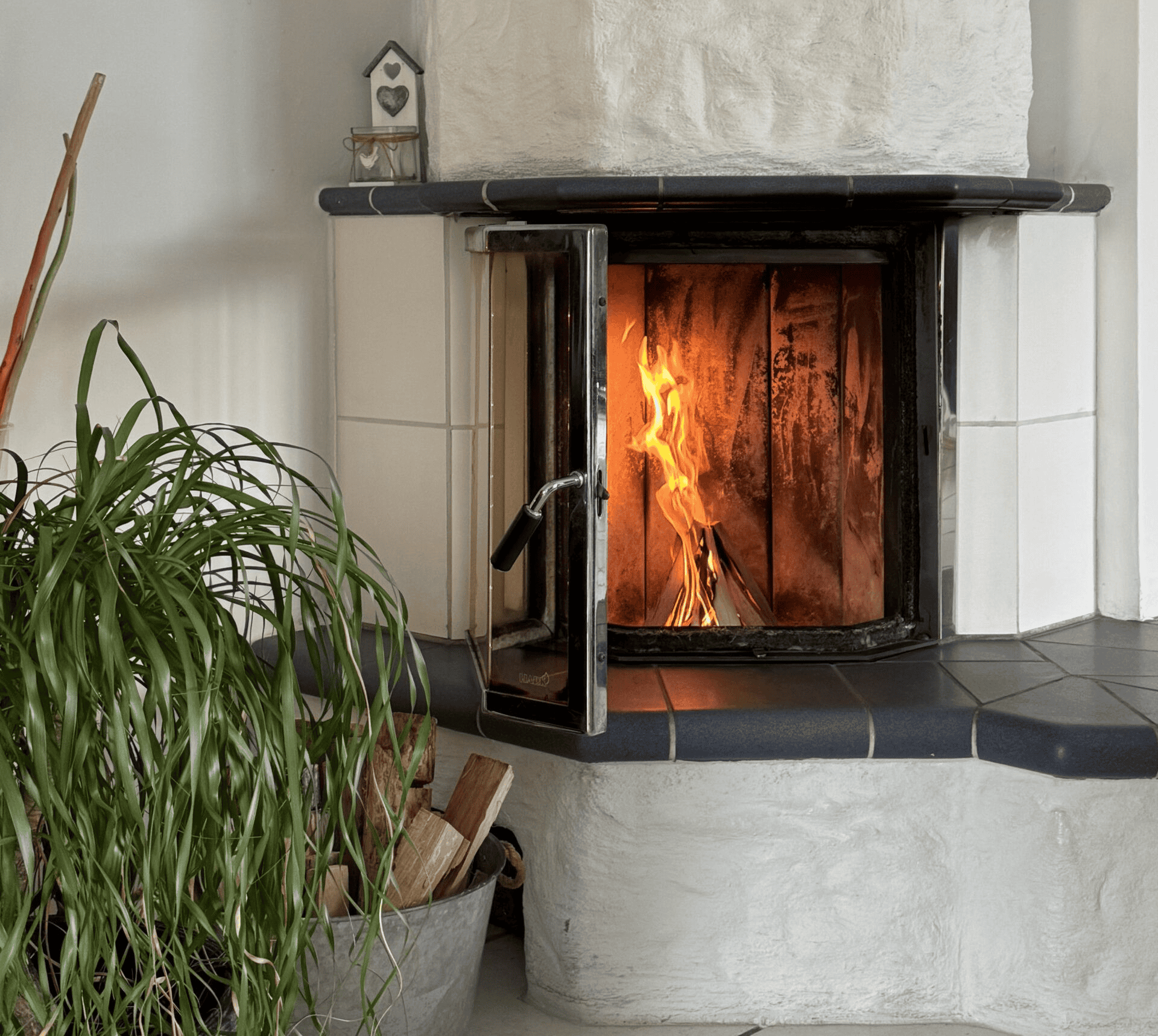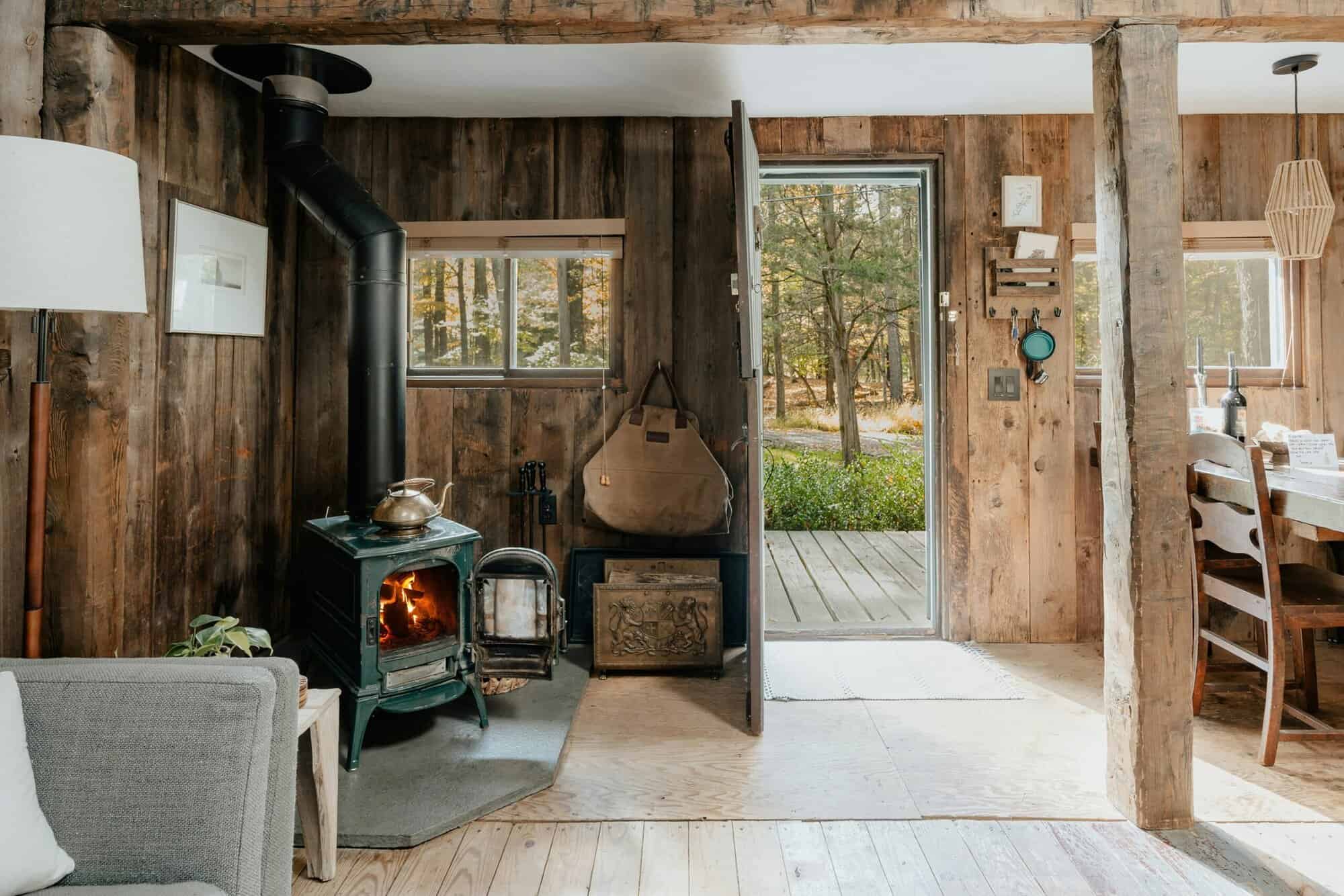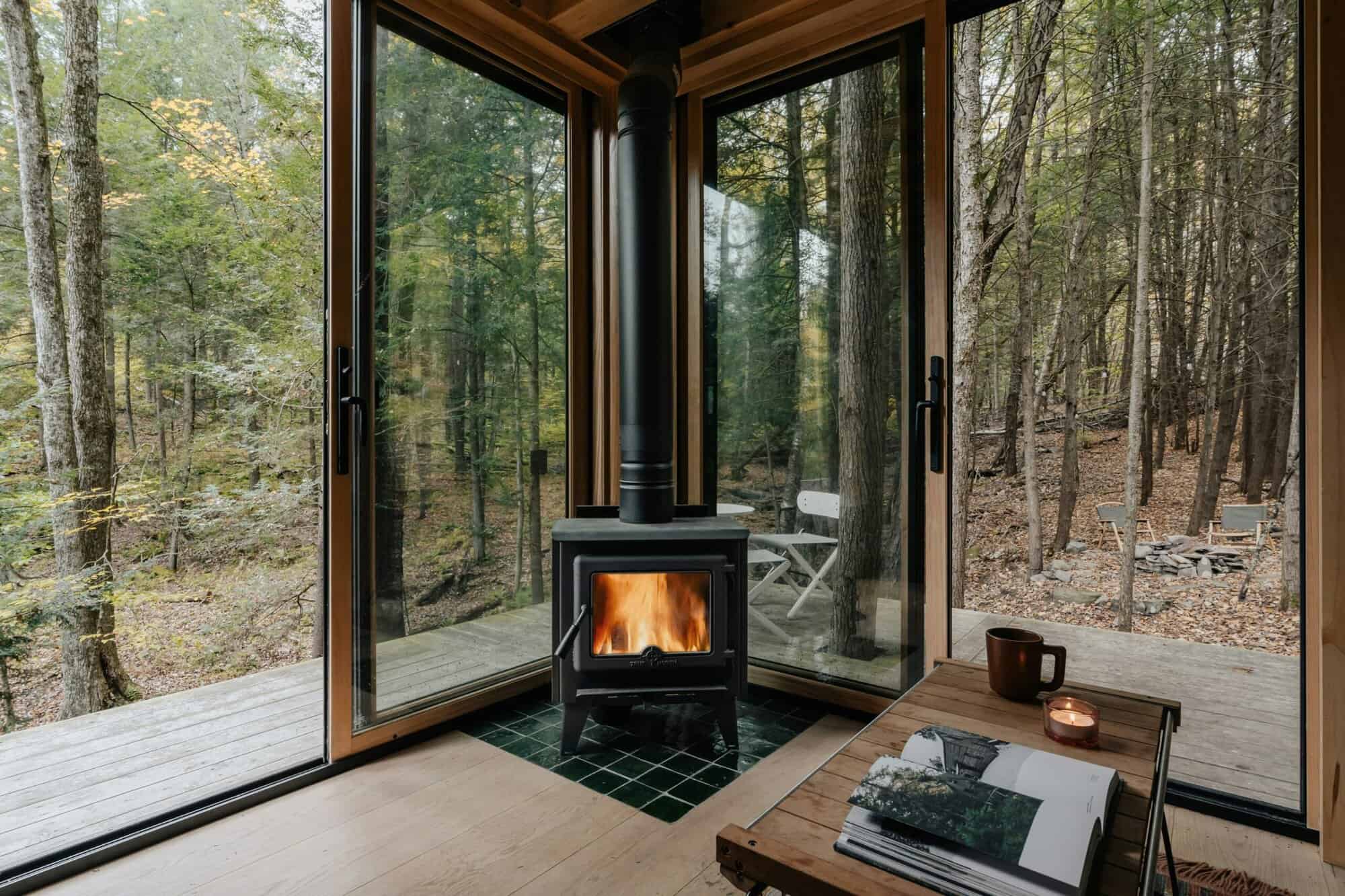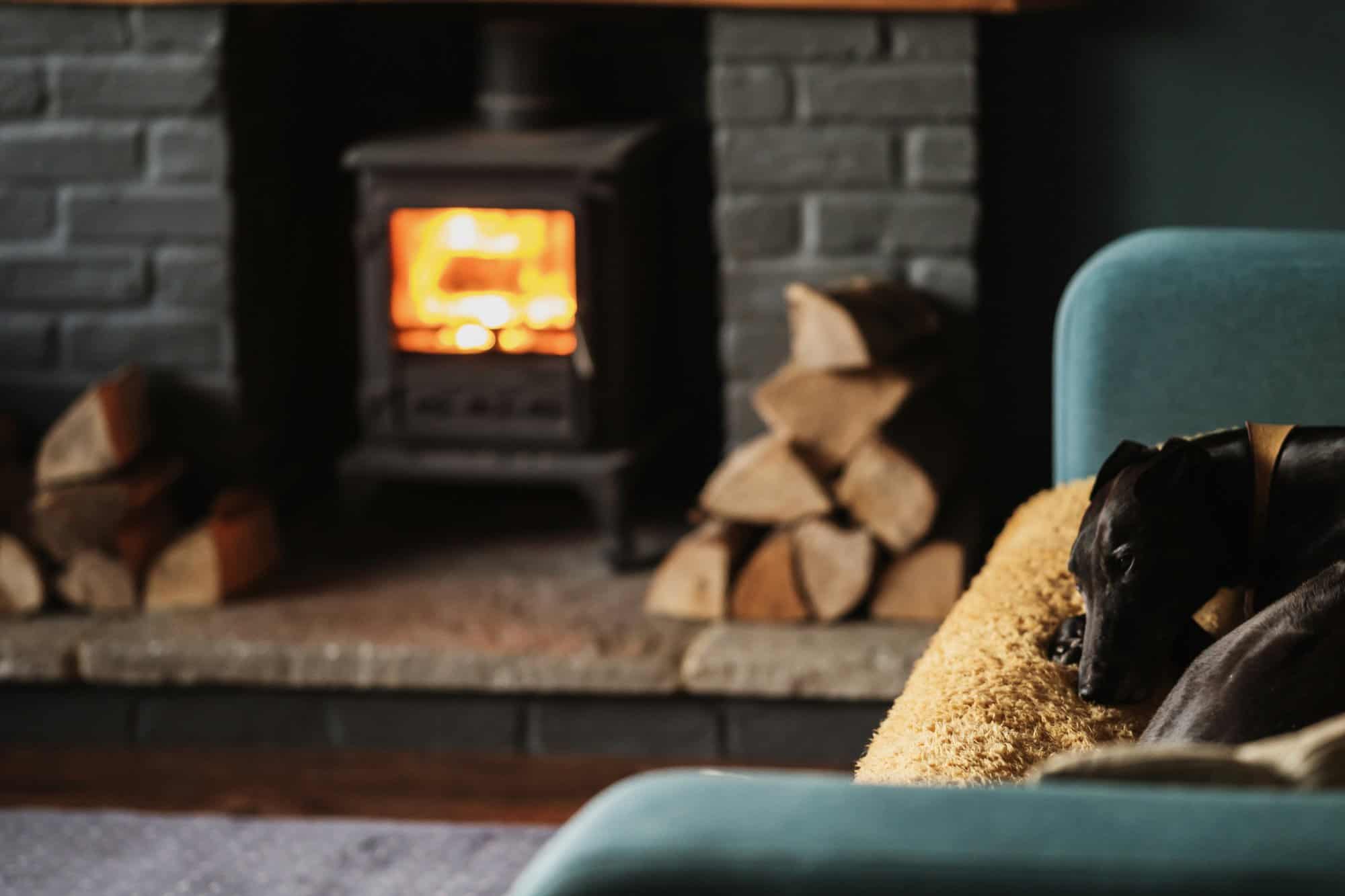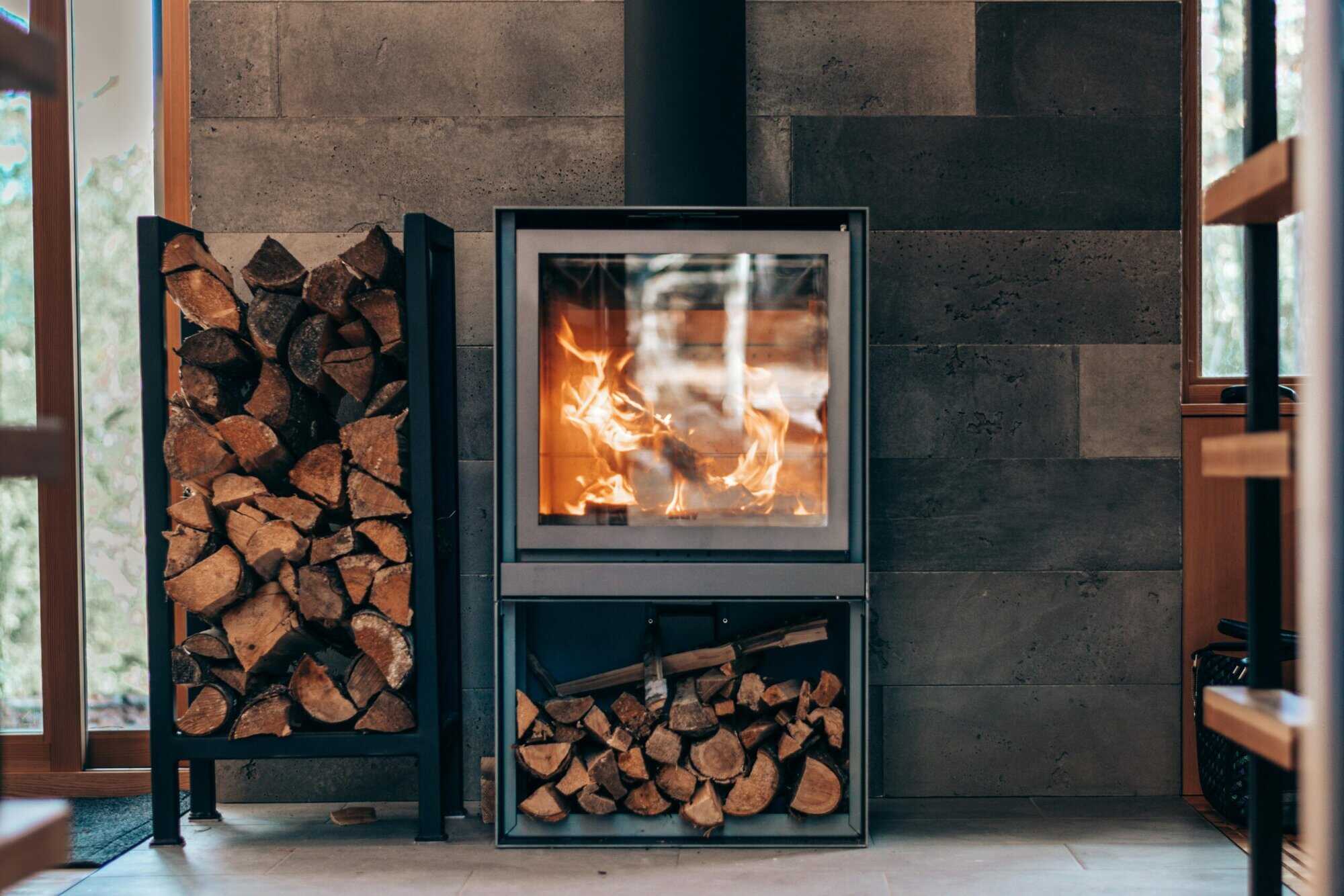Article
26. juni 2025 · 5 min
Do I Need Permission for a Wood Burning Stove?
Do you need permission for a wood burning stove? Learn about UK building regulations, planning rules, and how a chimney fan can help ensure compliance.
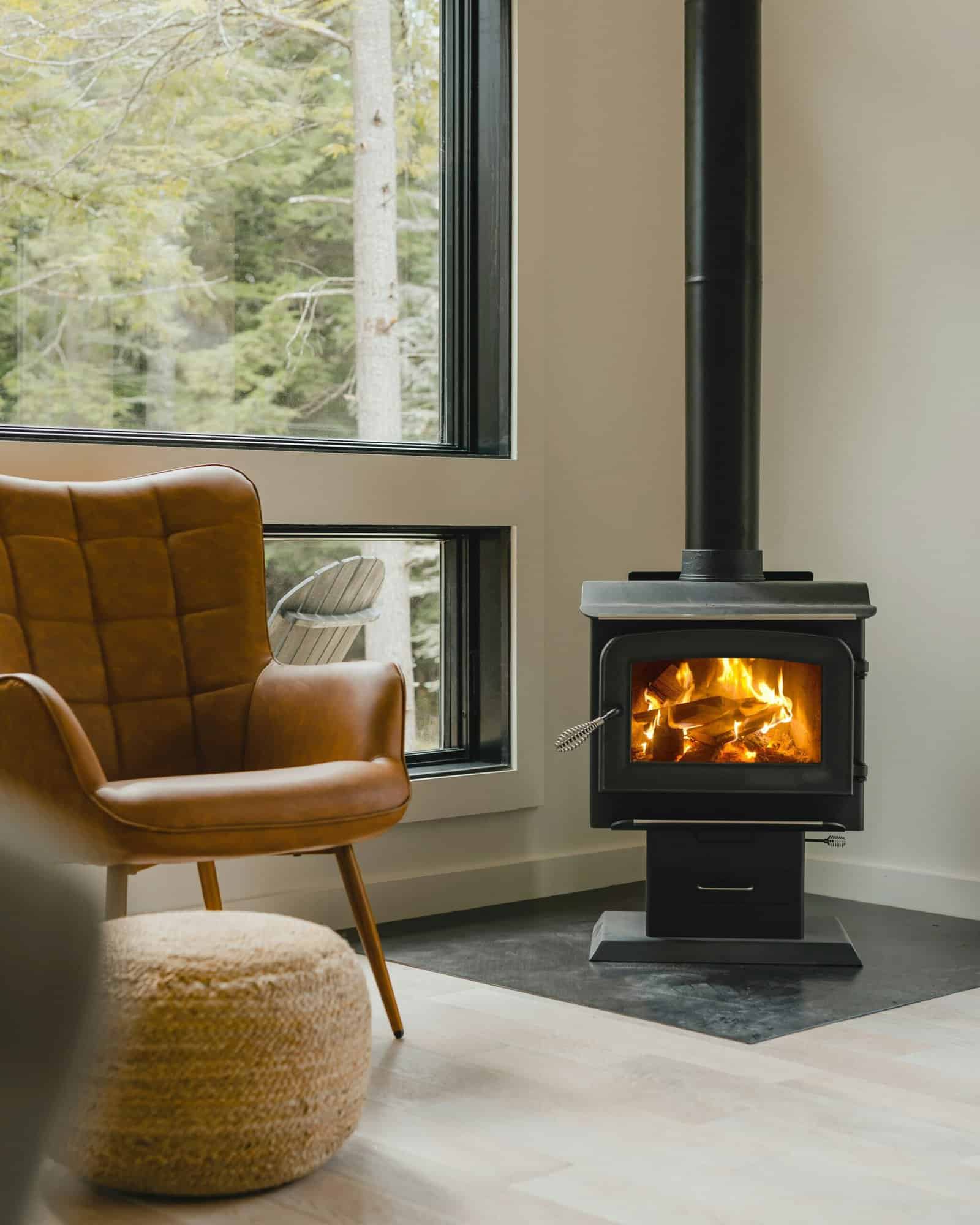
Installing a wood burning stove is a great way to add warmth and efficiency to your home, but before you proceed, it’s important to understand the building regulations for wood burners. Many homeowners assume they can install a stove without restrictions, but there are strict legal requirements regarding ventilation, chimney design, and safety standards. Non-compliance can lead to fines, safety risks, and even complications when selling your property.
In this article, we’ll break down when you need permission, what certifications may be required—such as HETAS certification—and how a chimney fan can help ensure your installation meets regulatory standards.
Building Regulations for Wood Burning Stoves
Installing a wood burning stove in the UK is subject to building regulations, ensuring the installation is safe and does not pose a fire or carbon monoxide risk. According to Approved Document J of the UK Building Regulations, a stove installation must meet specific requirements regarding ventilation, chimney design, and distances from combustible materials.
Key requirements include:
- Proper ventilation – To prevent dangerous carbon monoxide build-up.
- Correct flue and chimney design – The flue must be appropriately sized and insulated.
- Safe clearance distances – Stoves must be positioned a safe distance from walls, beams, and other combustible materials.
For those living in Smoke Control Areas, additional restrictions apply under the Clean Air Act, meaning you may need a DEFRA-approved stove to burn wood legally.
Do You Need Planning Permission?
In most cases, installing a wood burning stove does not require planning permission, but there are exceptions. While compliance with building regulations for wood burners is always necessary, planning permission may be required in the following situations:
- Listed buildings – If your property is listed, you will likely need consent before making alterations, including installing a stove or modifying a chimney.
- Conservation areas – Some local authorities impose additional restrictions to preserve the character of protected areas.
- New chimneys or external flues – If you are adding a new chimney or flue that extends above the roofline, planning permission may be required, depending on the height and positioning.
Even if planning permission isn’t needed, all work must still comply with Building Regulations and should ideally be carried out by a certified installer. This ensures that your installation is safe and legal, avoiding potential issues when selling your property.
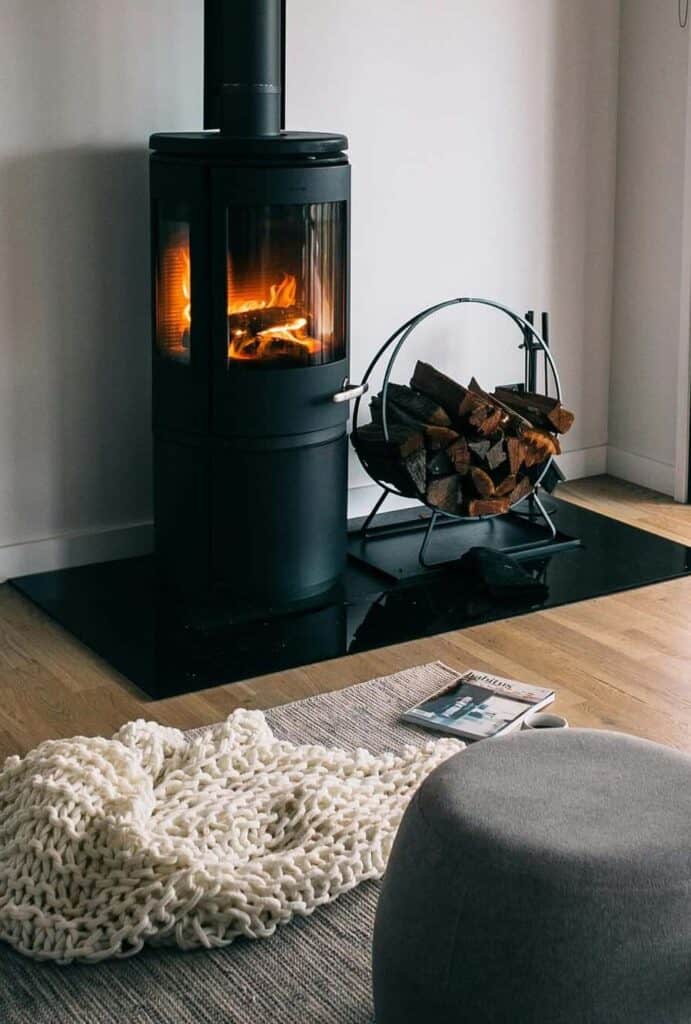
HETAS Certification and Compliance
To ensure a wood burning stove is installed safely and meets legal standards, it’s highly recommended to use a HETAS-certified installer. HETAS (Heating Equipment Testing and Approval Scheme) is the UK’s leading body for approving solid fuel appliances and installations.
Why is HETAS certification important?
- Automatic Building Regulations compliance – A HETAS-registered installer can self-certify the installation, meaning you don’t need to notify Building Control separately.
- Ensures safety and efficiency – Certified professionals follow best practices, reducing risks of fire, carbon monoxide leaks, and inefficient combustion.
- Provides a certificate of compliance – This document is essential if you plan to sell your property in the future.
If a stove is installed by someone who is not HETAS-certified, you must submit an application to Building Control, and an inspector will need to approve the work—often leading to additional time and costs.
How a Chimney Fan Can Help Get Approval
Even if your wood burning stove meets all legal requirements, poor chimney performance can cause smoke spillage, inefficient combustion, and even lead to failed inspections. This is where a chimney fan can make a crucial difference in ensuring compliance with building regulations for wood burners.
How does a chimney fan help?
- Improves draft and combustion – A chimney fan ensures that smoke and gases are properly extracted, preventing backdraft issues that could lead to non-compliance.
- Reduces carbon monoxide risks – Insufficient draft can cause dangerous gases to linger in your home. A chimney fan guarantees proper ventilation.
- Allows for flexible installations – In some cases, chimney height restrictions or structural limitations can make it difficult to achieve the required draft. A chimney fan compensates for this, making it easier to meet building regulations.
By installing a chimney fan, homeowners can improve their chances of passing inspections and securing the necessary certifications for their wood burning stove. It’s a simple yet effective solution to common installation challenges.hile enjoying the comfort and efficiency of your heating system without future complications.
Ensuring a Safe and Legal Installation
Installing a wood burning stove comes with important legal responsibilities, from complying with building regulations for wood burners to ensuring proper ventilation and safety measures. While planning permission is usually not required, factors like listed buildings and conservation areas may introduce additional requirements.
Using a HETAS-certified installer simplifies the process by guaranteeing compliance and eliminating the need for separate Building Control approval. However, even with a professional installation, poor chimney draft can still cause problems. This is where a chimney fan proves invaluable, helping homeowners achieve better combustion, improved ventilation, and an overall safer setup.
By understanding and following the necessary regulations, you can enjoy the warmth and efficiency of a wood burning stove—legally and safely.
Find out more about your options

exodraft

